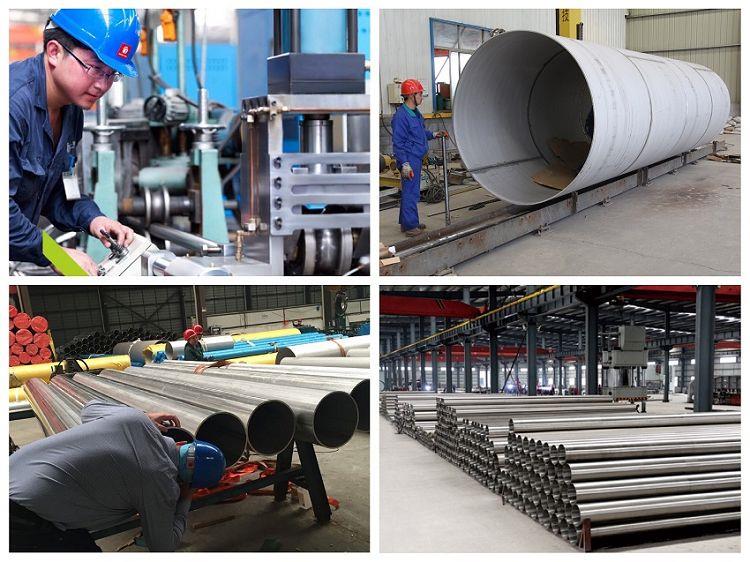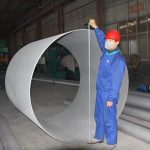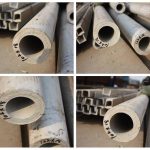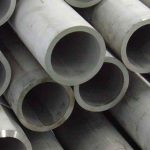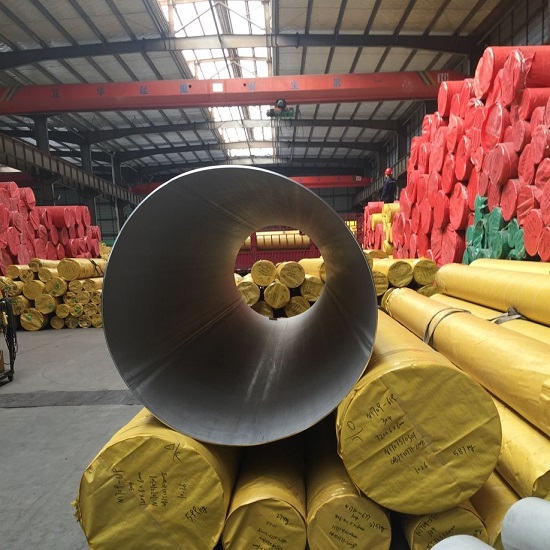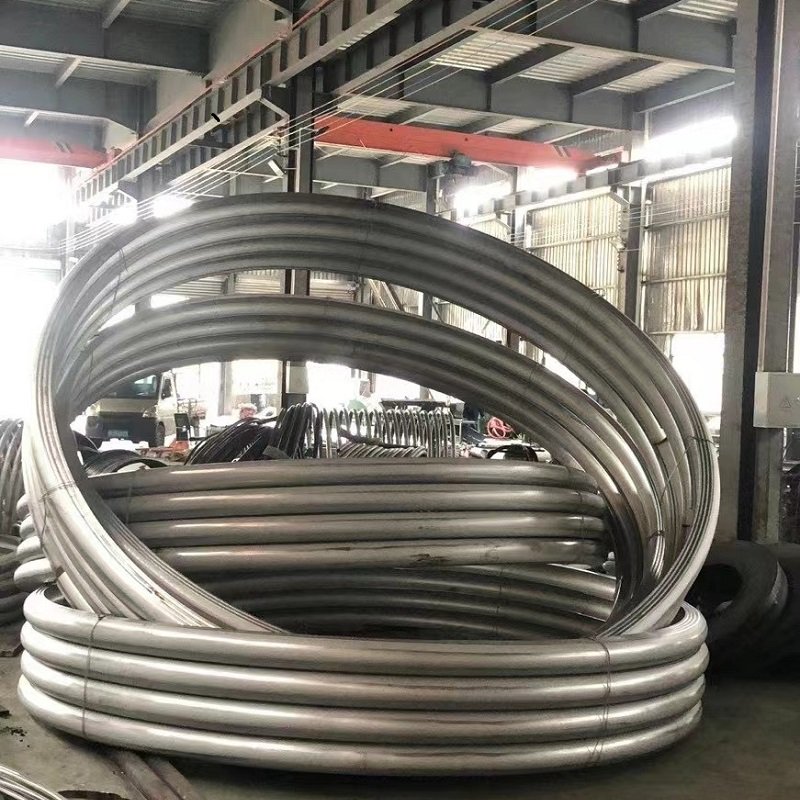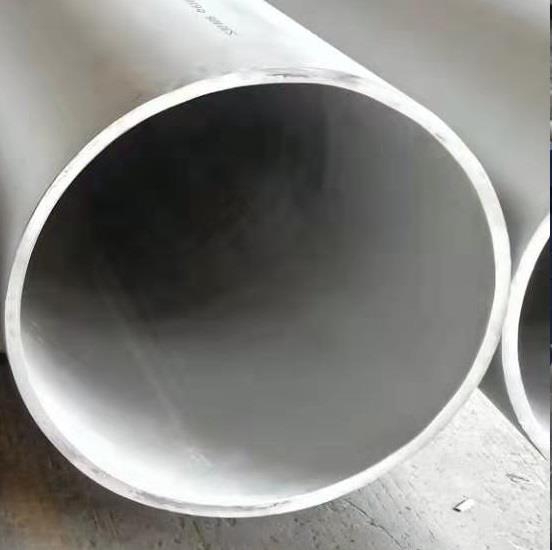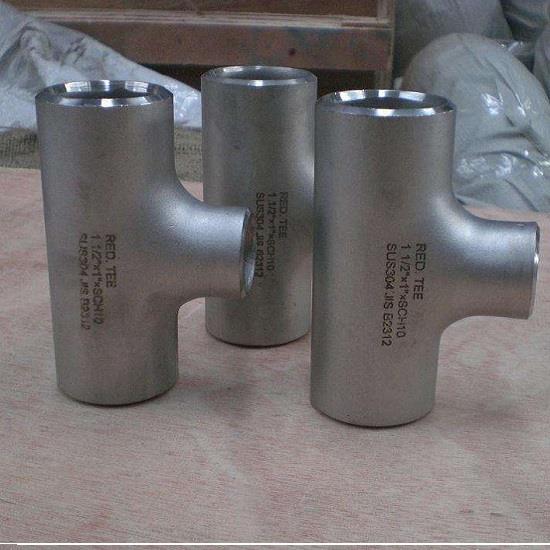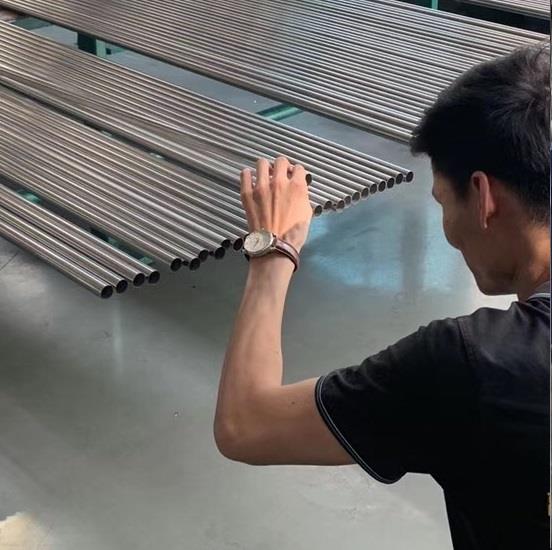Introduction:
In the realm of tubing materials, the distinction between inox tubing and regular stainless steel tubing often raises questions. This article aims to unravel the intricacies of these two terms, exploring the differences, unique properties, and specific applications associated with stainless steel pipe. A comprehensive understanding of these distinctions is crucial for professionals across industries seeking to make informed choices in their material selection processes.
I. Defining Inox Tubing:
The term “inox” is derived from the French word “inoxydable,” meaning stainless or rust-free. Stainless steel pipe, therefore, refers to stainless steel tubing that exhibits exceptional resistance to corrosion. The distinction lies in the enhanced corrosion resistance properties, making inox tubing a preferred choice in applications where exposure to harsh environments, chemicals, or extreme weather conditions is prevalent.

II. Composition and Alloying Elements:
Regular stainless steel tubing and stainless steel pipe share a common base material: stainless steel. However, the nuances in their composition set them apart. Stainless steel pipe often features specific alloying elements such as chromium, nickel, and molybdenum in precise proportions. These elements contribute to the formation of a passive oxide layer on the surface of the tubing, enhancing its resistance to corrosion, rust, and staining.
III. Corrosion Resistance Properties:
The primary distinguishing factor is the superior corrosion resistance exhibited by inox tubing. The inclusion of alloying elements in precise quantities results in a robust protective layer on the tubing’s surface. This layer acts as a shield against corrosive agents, ensuring longevity and durability in challenging environments. Regular stainless steel tubing may offer corrosion resistance, but stainless steel pipe takes this property to a heightened level.
IV. Applications of Inox Tubing:
The enhanced corrosion resistance of this specialized tubing makes it suitable for various applications across industries. In sectors like chemical and petrochemical, where exposure to corrosive substances is inherent, stainless steel pipe ensures the integrity of piping systems. Similarly, in food processing and pharmaceutical industries, where hygiene is paramount, the corrosion resistance of this tubing makes it an ideal choice for conveying fluids.
V. Manufacturing Processes:
The production of stainless steel pipe involves specialized manufacturing processes to ensure the desired corrosion-resistant properties. Techniques such as precision machining, controlled heat treatment, and stringent quality control measures contribute to the creation of high-quality inox tubing. Regular stainless steel tubing, while also subject to quality manufacturing processes, may not undergo the same level of precision to achieve Inox’s heightened corrosion resistance.
VI. Cost Considerations:
One aspect that often comes into consideration is the cost difference between stainless steel pipe and regular stainless steel tubing. The enhanced corrosion resistance and specific alloying elements in stainless steel pipe contribute to a slightly higher production cost. However, the long-term benefits, including reduced maintenance, replacements, and enhanced lifespan, often justify the initial investment, making inox tubing a cost-effective choice over time.
VII. Surface Finish and Aesthetics:
Another aspect where stainless steel pipe may differ from regular stainless steel tubing is in its surface finish. Stainless steel pipe, often associated with a bright, polished finish, is favored for applications where aesthetics play a crucial role. The sleek appearance not only enhances the visual appeal but also contributes to its resistance against staining and corrosion. Regular stainless steel tubing, while available in various finishes, may not always achieve the same level of luster associated with inox.
VIII. Compliance with Industry Standards:
Inox tubing is often manufactured to meet specific industry standards and certifications, ensuring its suitability for critical applications. These standards may include criteria for corrosion resistance, mechanical properties, and chemical composition. Regular stainless steel tubing may meet general industry standards but might not adhere to the more stringent requirements associated with stainless steel pipe.
IX. Environmental Considerations:
In an era where environmental sustainability is a priority, the corrosion resistance properties of stainless steel pipe contribute to its eco-friendly profile. The longevity and durability of inox tubing result in fewer replacements and less material waste, aligning with sustainable practices. This environmental consideration adds another dimension to the choice between inox and regular stainless steel tubing.

X. Maintenance Requirements:
The maintenance requirements for stainless steel pipe are generally lower compared to regular stainless steel tubing. The robust corrosion resistance properties reduce the need for frequent inspections, repairs, or replacements. This advantage is particularly significant in industries where downtime and maintenance costs are critical factors in operational efficiency.
XII. Advancements in Inox Tubing Technology:
Advancements in stainless steel pipe technology continue to progress with ongoing technological enhancements. Researchers and manufacturers consistently explore ways to improve the corrosion resistance, strength, and overall performance of these pipes. Innovations in alloy formulations, surface treatments, and production techniques contribute to the continuous improvement of stainless steel pipe, ensuring it remains at the forefront of materials technology.
XII. Considerations for Specific Industries:
Different industries may prioritize certain aspects when choosing between inox tubing and regular stainless steel tubing. For example, in the chemical and pharmaceutical sectors, where corrosion resistance is critical, stainless steel pipe’s enhanced properties may be particularly valued. Conversely, in applications where cost considerations are paramount, regular stainless steel tubing might be a viable option.
XVII. Making Informed Decisions:
In navigating the choice between inox tubing and regular stainless steel tubing, it is imperative for professionals to make informed decisions based on their specific project requirements. Considerations such as the environment, industry standards, longevity, and upfront costs should guide the decision-making process. Engaging with reputable suppliers and staying informed about the latest advancements in tubing materials ensures that professionals can make choices aligned with both current and future needs.
XI. Conclusion:
In conclusion, the disparity between inox tubing and conventional stainless steel tubing lies in nuanced composition, corrosion resistance, manufacturing processes, and specific applications. Stainless steel pipe, distinguished by heightened corrosion resistance, emerges as a specialized solution for industries prioritizing durability, longevity, and performance in challenging environments. Despite a potentially higher initial cost, the long-term benefits and environmental considerations position it as a valuable investment, providing a reliable and sustainable tubing solution across diverse industrial applications. As industries evolve, this distinction becomes pivotal for professionals seeking optimal material choices in their projects.
Related Products

